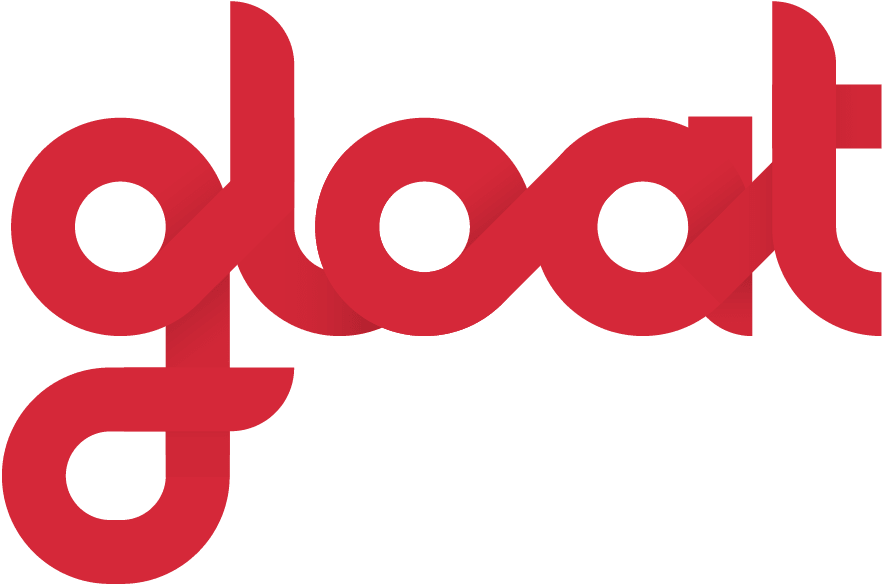Agentic AI in HR: Redesigning the Talent Lifecycle with Autonomous Intelligence
Learn what AI agents are—and the role they should play in your HR strategy
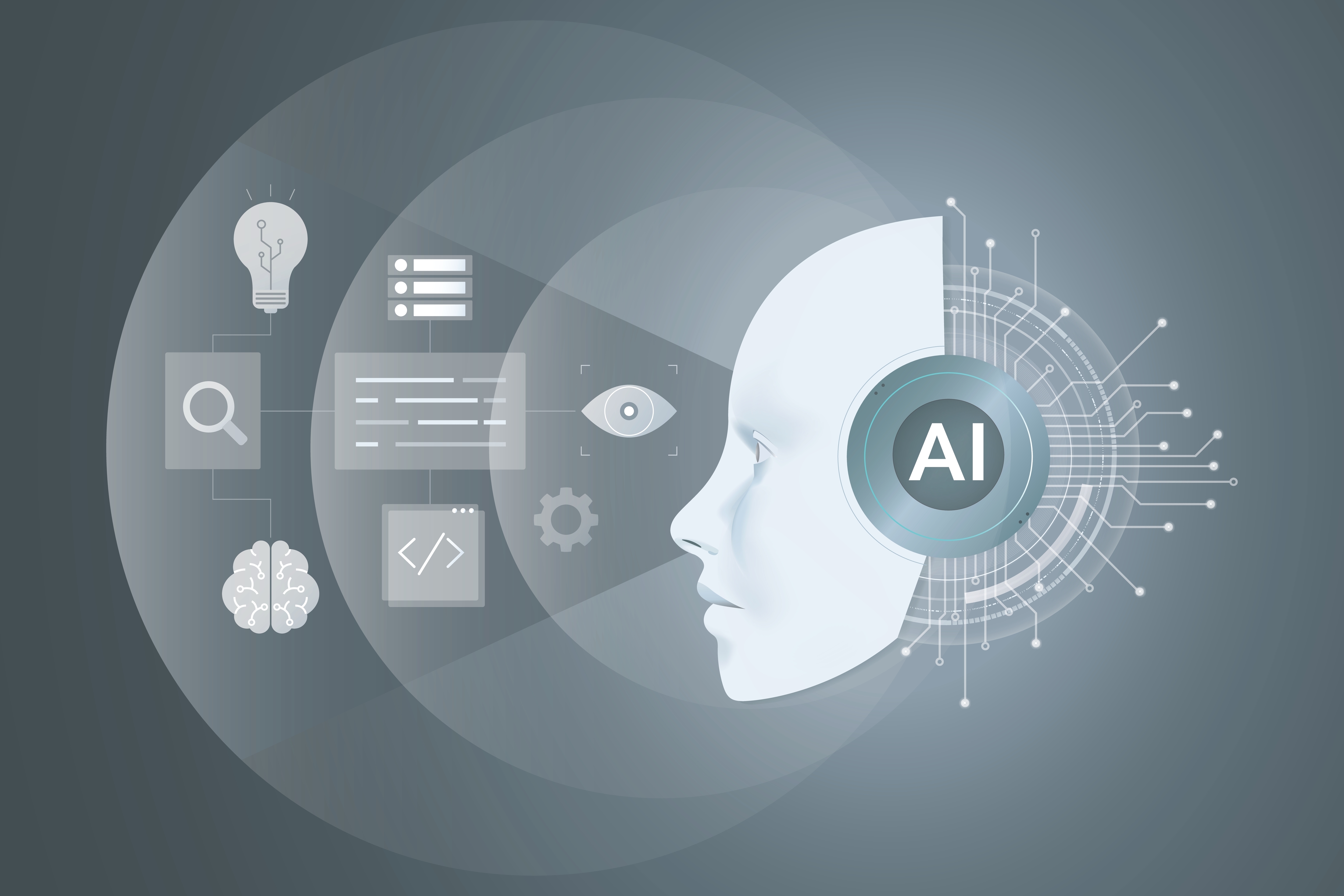
First, everyone was talking about ChatGPT. Then the conversation moved to the rise of Gen AI as a whole. More recently, it’s agentic AI that’s been dominating everything from news headlines to boardroom discussions. But what exactly is it? And how does it apply to HR?
In short, agentic AI in HR refers to the use of AI systems that autonomously analyze, decide, and execute tasks with minimal human intervention. These AI agents can handle various HR functions, including recruitment, onboarding, benefits management, and performance reviews, freeing up HR professionals to focus on strategic initiatives.
While AI agents may be a relatively new addition to the HR landscape-not to mention the working world at large-they have the potential to completely transform operating models and enable workforces to achieve peak performance and productivity.
What is agentic AI?
Agentic AI refers to artificial intelligence systems designed to operate with autonomy, make decisions, and take actions to achieve goals without constant human input. These systems exhibit goal-directed behavior, adapt to environments, and can plan and execute tasks, often using reinforcement learning or planning algorithms.
But to really understand what an agent is, we’ve got to go beyond buzzwords. Here’s a comparative review of leading definitions and frameworks for AI agents, drawing from:
Josh Bersin
As part of his company’s research on Superworkers, Josh Bersin shared the infographic below to illustrate the role agentic AI will play in every organization’s journey to redesign work and jobs. According to his report, companies will see a 100-200% improvement in work quality and output when work is re-engineered to partner with AI agents and up to a 300% improvement when AI agents become wholly responsible for some tasks, with people managing them.
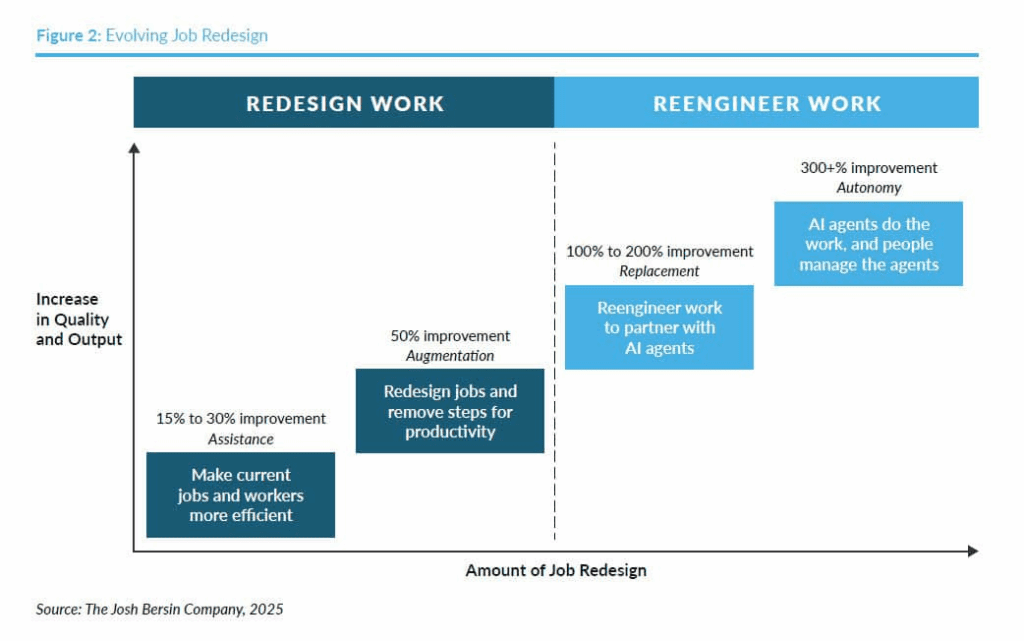
Microsoft
Agentic AI is such a hot topic that Microsoft recently published an entire report dedicated to “Frontier Firms”, or organizations that are powered by hybrid teams of humans + agents to generate value faster. They break down the journey to becoming a Frontier Firm into three stages that range from humans using AI assistants to human-agent teams and finally human-led, agent-operated organizations.
Microsoft also introduces new vocabulary to navigate our agentic AI age, including “Agent Boss” (a person who manages one or more AI agents) and “Human-Agent Ratio” (a metric that optimizes the balance of human oversight with agent efficiency on human-agent teams).

Writer
Writer offers yet another way to think about the rise of agentic AI, which breaks down agentic systems into four distinct levels. The first, Assistive Agent, is about using LLMs to automate simple tasks, while the final level, Multi-Agent Systems, involves networks of agents that come together to accomplish a singular goal.
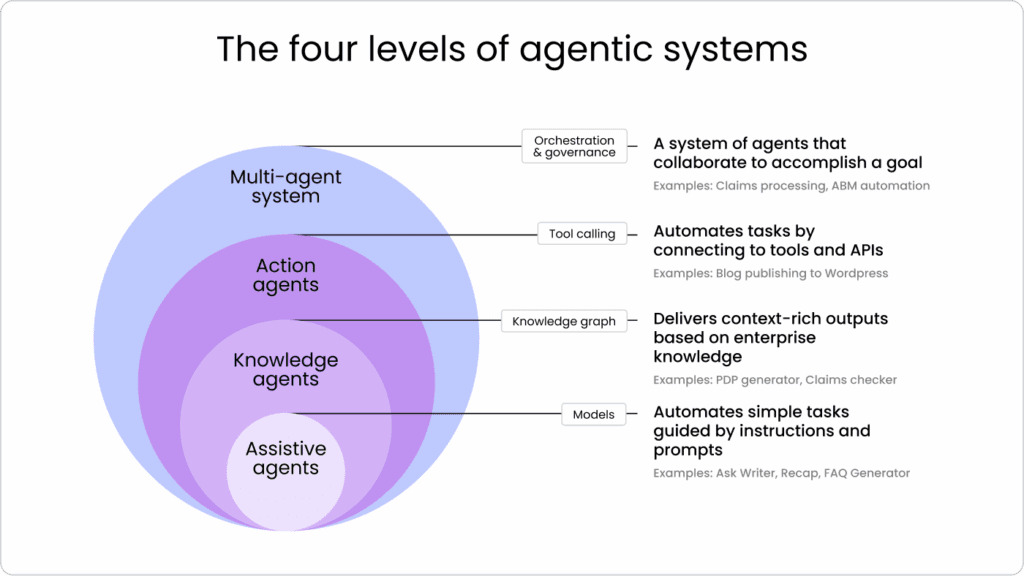
While each framework has its own system for breaking down the rise of agentic AI, ultimately the overarching takeaway is that agentic AI is so much more than an automation layer; it’s an autonomous collaborator that understands goals, makes decisions, and has the ability to execute actions across the employee lifecycle.
How agentic AI transforms the talent lifecycle
The rise of agentic AI will fundamentally change how work gets done across all functions—and HR is no exception. In fact, it has the potential to impact the talent lifecycle from end-to-end in the following ways:
#1. Autonomous talent sourcing and matching
As the competition for in-demand skills intensifies and talent shortages grow more severe, companies are prioritizing internal mobility over external hiring to fill vacancies and bridge knowledge gaps. To enhance this process, agents can identify and surface internal candidates based on skill adjacencies, experience, and aspiration signals. For example, a company can create an internal mobility agent to match frontline employees to newly posted project roles in real time.
#2. Employee onboarding, training, and development
AI agents have the potential to help us change L&D processes as we know them. These systems can autonomously onboard new hires by scheduling training, answering FAQs, and provisioning tools. Learning agents can also personalize development pathways so that they’re tailored to individual employee ambitions and pressing business needs and nudge team members to complete action items within their development plans.
#3. Performance management and feedback
Performance management can’t be a once-a-year discussion; instead, leaders should always monitor how employees are progressing. Continuous listening agents make that possible by gathering feedback signals such as project reviews and engagement inputs to provide real-time performance snapshots. AI can also draft input summaries, identify coaching needs, and propose growth opportunities.
#4. Employee experience and engagement
Leaders who are looking to improve employee satisfaction can turn to conversational agents to act as always-on support hubs that can give employees the answers they’re looking for in mere seconds. If organizations are trying to assess potential turnover risks and keep burnout at bay, executives should consider engagement agents to analyze tone and employee feedback patterns.
#5. HR analytics and strategic workforce planning
In our fast-paced, ever-evolving world of work, leaders must use data to stay one step ahead of emerging skill needs and impending knowledge gaps. Agents can ingest workforce, business, and market data to autonomously run workforce planning scenarios, build skill forecasts, and detect gaps in talent strategies.
How does agentic AI differ from traditional HR automation?
The main difference between agentic AI and traditional HR automation is autonomy. Agentic AI makes independent decisions and adapts to goals, while traditional HR automation follows fixed rules and workflows. Agentic AI can learn and optimize processes dynamically; traditional automation performs predefined tasks without learning or adapting.
For example, in traditional HR automation, a workflow rule will move a candidate from one stage of the hiring process to the next. In contrast, agentic AI can evaluate candidate quality, make recommendations to reassign an existing employee to a relevant team, and notify all managers involved.
Why leaders must deconstruct work to use AI agents effectively
Before deploying AI agents, executives must first understand what work exists within their organization and how this work can be viewed as disparate tasks that build on one another to accomplish a deliverable. Leaders should first break roles into discrete units of work, then consider the skills each of these tasks require and who possess them (humans versus AI), and finally determine where agents can augment, automate, or own distinct tasks and processes.
Best practices for leveraging agentic AI in HR
Regardless of where your organization is in its AI transformation journey, the following top tips can help you make the most of agentic AI:
#1. Embed human-in-the-loop (HITL) systems
Regardless of how advanced agentic AI becomes, human oversight will always be non-negotiable. The best employee-AI collaborations go beyond prioritizing a human-in-the-loop approach and instead make it all about being human-at-the-helm. That means that humans aren’t just checking over the work AI agents do; they’re actively involved in directing, reviewing, and governing all agentic activity.
#2. Align AI goals with business and HR strategies
Just like human employees, your AI agents should be oriented in bigger-picture business objectives rather than merely focusing on task completion. For example, an onboarding agent should go above and beyond ensuring employees complete L&D coursework and instead set new hires up to maximize performance and productivity by making sure they have access to all the tools and learning pathways they’ll need.
#3. Conduct regular audits and model reviews
Just because AI agents are capable of acting autonomously, doesn’t mean that these systems won’t benefit from regular audits and model reviews. In fact, given the vast array of responsibilities agents can take on, leaders must go the extra mile to continuously evaluate agent decisions and behavior. Executives should prioritize explainability and ensure they can understand the reasoning behind agentic AI’s actions, especially for decisions regarding talent management and workforce planning.
#4. Promote digital literacy and AI literacy across the workforce
Agents are only as impactful as the humans who know how to guide and work alongside them. Consequently, leaders must develop strategies to build basic AI literacy, much like executives encourage employees to improve their overall digital skills. AI literacy training should be mandatory, ongoing, and distributed amongst people of all seniority levels and business functions.
Predictions and strategic implications for agentic AI
Agentic AI shouldn’t be part of leaders’ vision for the future of work; instead, it must be part of every organization’s current reality. Agents are increasingly becoming the “third team member”—not just supporting employees and managers, but owning specific outcome areas.
Businesses will need new governance models for AI agents that cover task ownership, potential risks and mitigation strategies, and insight into how these systems are evolving. As a result, HR’s role will shift from owning distinct processes like onboarding and L&D to becoming the overarching orchestrator of dynamic, distributed human and machine talent ecosystems.
Want to learn more about the rise of agentic AI and how it’s transforming work for both managers and individual contributors? Check out our panel dedicated to this very topic, which features some of the foremost AI experts from Microsoft, KPMG, Deloitte, and Columbia Business School.
